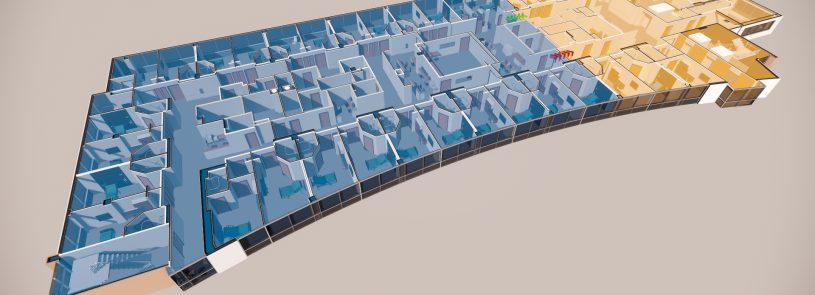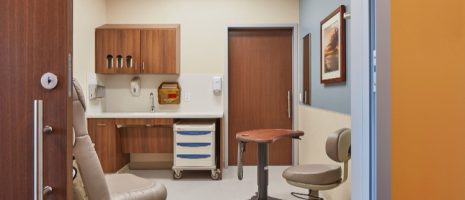Acuity Adaptability: Six key steps in the journey, from need to outcomes

Eighth in a series of excerpts from the free executive guide, “Acuity Adaptability: Innovative Planning and Design for Responsive Healthcare Delivery.”
By Mike Zorich and Corey Gaarde
The challenge for architects and designers charged with adding acuity adaptability to a healthcare facility’s design depends on the state of the current facility, both in terms of physical space and operations.
Most journeys to acuity adaptability, however, can be accomplished by completing the following actions:
Identify the need. Determine if problems exist within the current facility, if operational issues could be alleviated, or if characteristics could be capitalized upon by a shift to acuity adaptability.
Determine the scope. If stakeholders determine that acuity adaptability is indicated, a plan of action can be formed to decide what spaces, rooms, and infrastructure will be renovated or updated.
Create the plan and develop the schedule. Once the scope is determined, plans for bringing the project to fruition can be created. This includes a project timeline that meets the budget and permitting requirements, a plan for operational and patient impact, and marketing of new service lines.
Realize the vision from concept to construction. This includes testing models, making provisions for operations and support, activating the construction plan in phases, and commissioning.
Observe the impact and outcomes. Once the design has been implemented, make careful observations of the impact and outcomes, adapting or adjusting the design plan where possible and paying special attention to performance under daily use.
In the right facility and circumstances, acuity adaptability can provide answers and improve patient care during all times and circumstances. Above all, any acuity adaptable project should never lose sight of the ultimate goal: meeting the needs of patients and staff.
Previous: Acuity Adaptability: Identifying desired outcomes
For an unabridged version of this content, download the executive guide, “Acuity Adaptability: Innovative Planning and Design for Responsive Healthcare Delivery.” A recorded webinar on the topic is also available.













